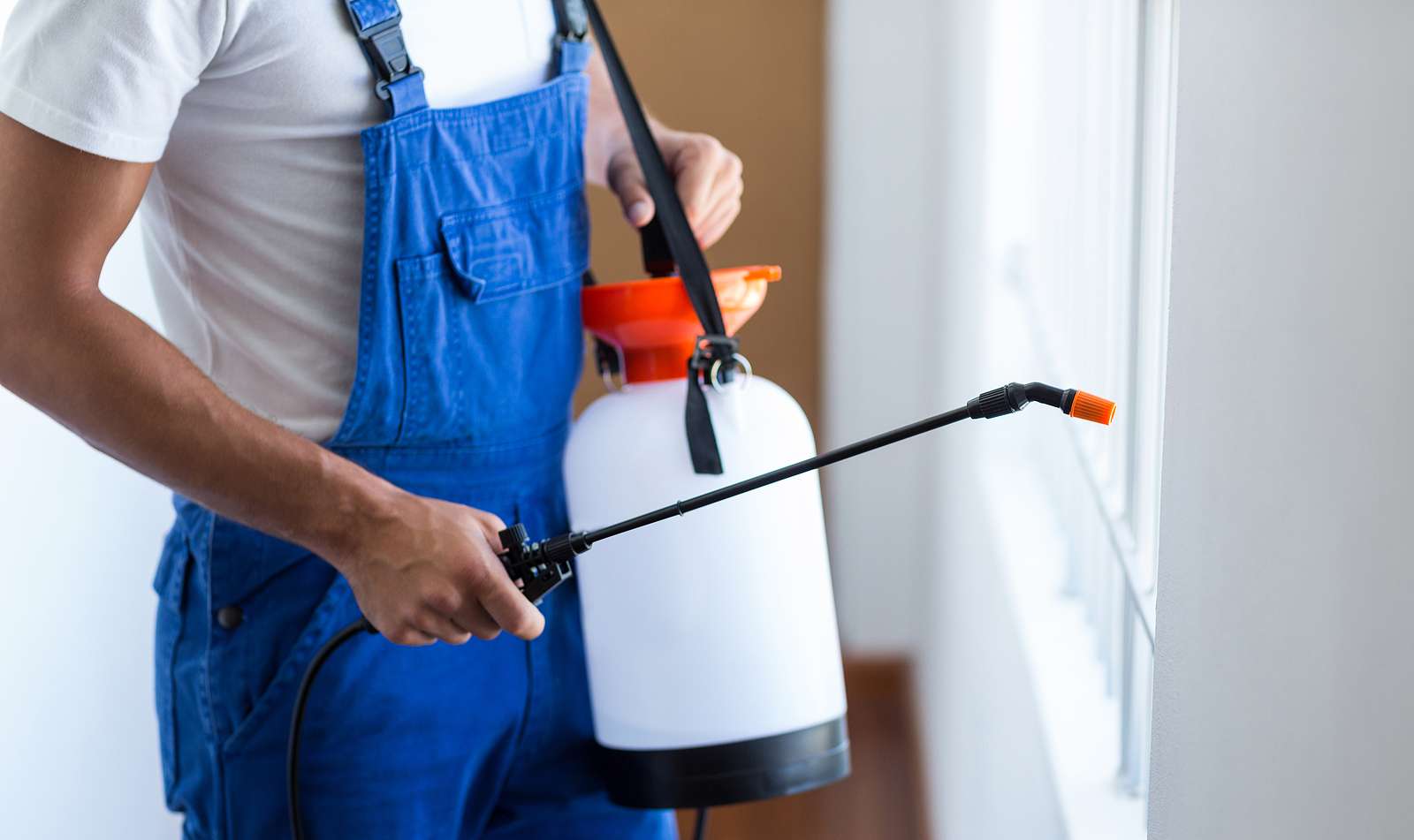Specialist Insect Control Techniques for Long-Term Outcomes
Expert insect control techniques envelop a detailed strategy that begins with an extensive examination and assessment, followed by precise pest identification to understand their behavior patterns. The implementation of Integrated Pest Management (IPM) principles, paired with eco-conscious therapies, creates the keystone of lasting bug elimination.
Assessment and Evaluation
Upon going into a home for insect control services, the initial action is a detailed examination and analysis to determine the extent of the infestation and establish one of the most efficient treatment strategy. Expert insect control specialists are trained to diligently take a look at the facilities, looking for indicators of insect activity such as droppings, munch marks, nests, or any type of structural damages. They will additionally examine the conditions that might be drawing in pests, such as food resources, water leaks, or access points.

Pest Identification and Habits

Additionally, comprehending the habits of the recognized parasite is vital to carrying out efficient control steps. For instance, recognizing where bugs nest, what they eat, and their task patterns can assist pest control professionals design approaches to eliminate them efficiently. Some parasites may be nighttime, while others are a lot more active throughout the day. This understanding permits for the application of treatments at optimal times for optimum effectiveness.
Integrated Parasite Management (IPM)
Integrated Bug Management (IPM) techniques incorporate multiple methods to regulate and avoid bug infestations in a sustainable and eco-friendly way. exterminator. By integrating techniques such as organic control, habitat manipulation, adjustment of social practices, and making use of resistant ranges, IPM intends to minimize the use of chemical pesticides
One of the crucial concepts of IPM is the focus on prevention. This proactive method includes surveillance parasite populaces routinely to discover any type of possible concerns prior to they rise. By identifying pest problems at an early stage, pest control steps can be carried out quickly and successfully.
In addition, IPM advertises making use of safe bug control approaches whenever feasible. This can include employing natural killers of the parasites, presenting beneficial official site insects, or using scents to interfere with breeding patterns. By minimizing dependence on chemical pesticides, IPM not only safeguards the atmosphere but additionally assists preserve a balance in the community.
Environmentally-Friendly Treatments
Implementing eco-conscious methods in insect control treatments can efficiently resolve infestations while focusing on environmental sustainability. Environmentally-friendly therapies focus on lessening the influence of insect control approaches on communities, non-target microorganisms, and human health.
An additional key element of environmentally-friendly therapies is the use of natural and biodegradable items that damage down rapidly without leaving dangerous residues in the atmosphere. Agricultural insecticides obtained from plants like chrysanthemums or neem supply effective insect control while posturing minimal danger to non-target types. Furthermore, utilizing techniques like warmth treatments or pheromone traps can target certain parasites with precision, decreasing the general ecological influence of pest control methods.
Continuous Tracking and Upkeep
Regular inspections by experienced experts are necessary to recognize any type of signs of bug activity, analyze the efficiency of previous treatments, and make changes to the insect control strategy as needed. By monitoring bug populations over time, parasite control experts can track fads, expect possible issues, and apply precautionary actions to reduce the threat of future invasions.
In enhancement to surveillance, upkeep practices are important for long-lasting parasite control success. This consists of executing appropriate cleanliness procedures to remove possible food and water sources for pests, sealing off entrance click to find out more factors to stop parasites from getting in the properties, and addressing any structural issues that could help with insect invasions (exterminator near me). By incorporating ongoing monitoring and upkeep right into an incorporated parasite monitoring method, organizations can make certain a pest-free setting and secure their building versus expensive damage and health risks
Verdict
In verdict, using expert pest control strategies such as detailed examination and evaluation, accurate pest recognition and understanding of their habits, integrated parasite monitoring techniques, environmentally-friendly treatments, and recurring tracking and maintenance are crucial for achieving Get More Info lasting outcomes in insect control. By applying these techniques, individuals can properly handle pest problems and maintain a pest-free setting in a sustainable fashion.